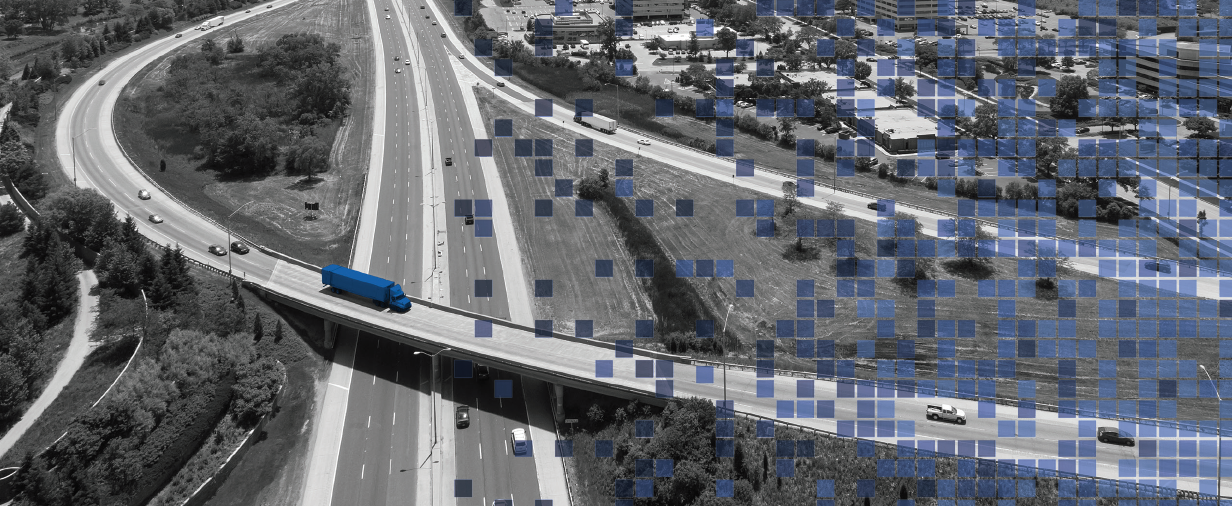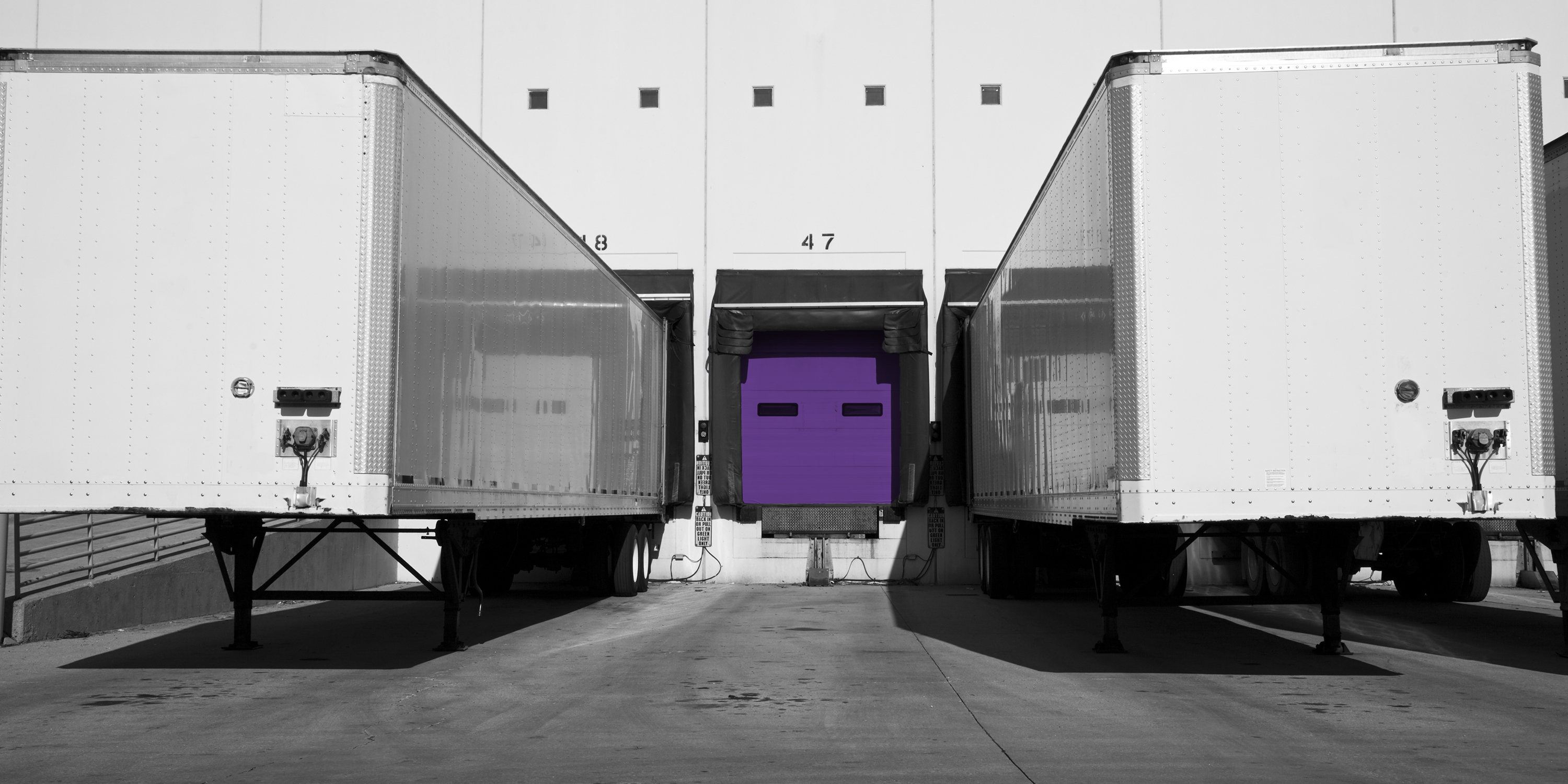With the advent of the Internet of Things and the promise of artificial intelligence and machine learning right around the corner, digitization is impacting just about everything these days – including the logistics industry. Although, the industry is typically slower to adopt new technologies because of the complexity of the supply chain and the headache (and cost) that updating legacy programs and solutions would cause. However, as challenges increase and consumers become more acclimated to all things digital, the logistics industry, including the LTL sector, is realizing the need to get on board with digitization.
Category: Freight-Pricing APIs
Making the Switch: How to Integrate New LTL API Technology
There is no denying it. Overhauling or updating legacy technology platforms is a big task. However, the opportunities it presents outweigh the challenges to performing the updates. Plus, as the transportation and logistics industry become more digitized, companies that don’t upgrade to fully automated technology, including volume-pricing APIs, are going to be left behind.
What is the “Amazon Effect” and What Does it Mean for LTL?
The Amazon Effect is impossible to ignore. By definition, it refers to the impact the juggernaut, and all other digital marketplaces, has had on the retail industry. As online shopping and ecommerce has increased, smaller, local retail stores have suffered. However, more recently, the Amazon effect has traveled all the way down the supply chain. It is now something that nearly every consumer, every retailer and every business has been affected by, including shippers, carriers and 3PLs.
Carrier Capacity and Its Impact on the Supply Chain
Thanks to an increase in e-commerce and an abundance of freight, we are in the middle of a very carrier-friendly negotiating environment. LTL freight volume is exceptionally high, while carrier capacity is low. LTL carriers are in high demand and they are doing their best to meet the needs of all shippers. However, since they are feeling the constraints and are also dealing with the driver shortage, carriers are able to demand a little more from freight shippers.
General Rate Increases & Their Impact on LTL Shippers
’Tis the season for general rate increases (GRIs)! LTL carriers across the board are releasing an increase on their base shipping rates. To date, Old Dominion Freight Line announced a 4.9% GRI, Saia announced a 5.9% rate increase, ArcBest implemented a 5.95% GRI for LTL services, Yellow installed a 5.9% increase and Forward Air implemented a 6% GRI.
The Impact of Ecommerce on LTL
Ecommerce was already steadily growing before the pandemic hit. Since COVID-19, it has boomed. According to ZD Net, ecommerce accounted for around 35 percent of all U.S. retail sales in 2020. Experts also anticipate the increase in online shopping to extend far beyond the pandemic. This should not come as a surprise. As a society, we tend to gravitate toward things that simplify our daily lives and shopping online certainly does that – especially with the increase in retailers offering free shipping or two-day shipping options.
The Impact of Ecommerce on LTL
Ecommerce was already steadily growing before the pandemic hit. Since COVID-19, it has boomed. According to ZD Net, ecommerce accounted for around 35 percent of all U.S. retail sales in 2020. Experts also anticipate the increase in online shopping to extend far beyond the pandemic. This should not come as a surprise. As a society, we tend to gravitate toward things that simplify our daily lives and shopping online certainly does that – especially with the increase in retailers offering free shipping or two-day shipping options.
The Challenges Faced by 3PLs and How Freight-Pricing APIs Can Alleviate Them
A Conversation with Banyan Technology’s Lynn Caldwell and Tech Transport’s Bob Freed
Bob Freed and Tech Transport, a freight management company that simplifies its customers’ shipping functions, always aim to meet and exceed their customers’ needs. However, they realized that in order to continue to provide the best service to their customers, Tech Transport would need help on the technology side of the industry.
Incorporating APIs into a Transportation Management System
The digitization of freight management and transportation logistics is well underway and is being widely adopted by carriers, 3PLs, shippers and other supply chain companies. This was inevitable because of our society’s proclivity, need and expectation of instant information. While the transportation industry lagged behind in adoption of technology, it is quickly catching up because of the benefits realized. One of the most adaptable, advantageous and easiest implementations to make has been the inclusion of freight-pricing application programming interfaces (APIs).







